Linux ALSA声卡驱动之二:声卡的创建
2.1.4. 第四步,创建声卡的功能部件(逻辑设备),例如PCM,Mixer,MIDI等
本文引用地址://m.amcfsurvey.com/article/201612/341246.htm这时候可以创建声卡的各种功能部件了,还记得开头的snd_card结构体的devices字段吗?每一种部件的创建最终会调用snd_device_new()来生成一个snd_device实例,并把该实例链接到snd_card的devices链表中。
通常,alsa-driver的已经提供了一些常用的部件的创建函数,而不必直接调用snd_device_new(),比如:
PCM ---- snd_pcm_new()
RAWMIDI -- snd_rawmidi_new()
CONTROL -- snd_ctl_create()
TIMER -- snd_timer_new()
INFO -- snd_card_proc_new()
JACK -- snd_jack_new()
2.1.5. 第五步,注册声卡
err = snd_card_register(card);
if (err < 0) {
snd_card_free(card);
return err;
}
2.2. 一个实际的例子
我把/sound/arm/pxa2xx-ac97.c的部分代码贴上来:
static int __devinit pxa2xx_ac97_probe(struct platform_device *dev)
{
struct snd_card *card;
struct snd_ac97_bus *ac97_bus;
struct snd_ac97_template ac97_template;
int ret;
pxa2xx_audio_ops_t *pdata = dev->dev.platform_data;
if (dev->id >= 0) {
dev_err(&dev->dev, "PXA2xx has only one AC97 port./n");
ret = -ENXIO;
goto err_dev;
}
////(1)////
ret = snd_card_create(SNDRV_DEFAULT_IDX1, SNDRV_DEFAULT_STR1,
THIS_MODULE, 0, &card);
if (ret < 0)
goto err;
card->dev = &dev->dev;
////(3)////
strncpy(card->driver, dev->dev.driver->name, sizeof(card->driver));
////(4)////
ret = pxa2xx_pcm_new(card, &pxa2xx_ac97_pcm_client, &pxa2xx_ac97_pcm);
if (ret)
goto err;
////(2)////
ret = pxa2xx_ac97_hw_probe(dev);
if (ret)
goto err;
////(4)////
ret = snd_ac97_bus(card, 0, &pxa2xx_ac97_ops, NULL, &ac97_bus);
if (ret)
goto err_remove;
memset(&ac97_template, 0, sizeof(ac97_template));
ret = snd_ac97_mixer(ac97_bus, &ac97_template, &pxa2xx_ac97_ac97);
if (ret)
goto err_remove;
////(3)////
snprintf(card->shortname, sizeof(card->shortname),
"%s", snd_ac97_get_short_name(pxa2xx_ac97_ac97));
snprintf(card->longname, sizeof(card->longname),
"%s (%s)", dev->dev.driver->name, card->mixername);
if (pdata && pdata->codec_pdata[0])
snd_ac97_dev_add_pdata(ac97_bus->codec[0], pdata->codec_pdata[0]);
snd_card_set_dev(card, &dev->dev);
////(5)////
ret = snd_card_register(card);
if (ret == 0) {
platform_set_drvdata(dev, card);
return 0;
}
err_remove:
pxa2xx_ac97_hw_remove(dev);
err:
if (card)
snd_card_free(card);
err_dev:
return ret;
}
static int __devexit pxa2xx_ac97_remove(struct platform_device *dev)
{
struct snd_card *card = platform_get_drvdata(dev);
if (card) {
snd_card_free(card);
platform_set_drvdata(dev, NULL);
pxa2xx_ac97_hw_remove(dev);
}
return 0;
}
static struct platform_driver pxa2xx_ac97_driver = {
.probe = pxa2xx_ac97_probe,
.remove = __devexit_p(pxa2xx_ac97_remove),
.driver = {
.name = "pxa2xx-ac97",
.owner = THIS_MODULE,
#ifdef CONFIG_PM
.pm = &pxa2xx_ac97_pm_ops,
#endif
},
};
static int __init pxa2xx_ac97_init(void)
{
return platform_driver_register(&pxa2xx_ac97_driver);
}
static void __exit pxa2xx_ac97_exit(void)
{
platform_driver_unregister(&pxa2xx_ac97_driver);
}
module_init(pxa2xx_ac97_init);
module_exit(pxa2xx_ac97_exit);
MODULE_AUTHOR("Nicolas Pitre");
MODULE_DESCRIPTION("AC97 driver for the Intel PXA2xx chip");
驱动程序通常由probe回调函数开始,对一下2.1中的步骤,是否有相似之处?
经过以上的创建步骤之后,声卡的逻辑结构如下图所示:
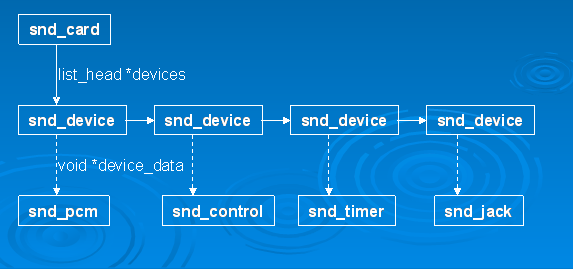
图 2.2.1 声卡的软件逻辑结构
下面的章节里我们分别讨论一下snd_card_create()和snd_card_register()这两个函数。
3. snd_card_create()
snd_card_create()在/sound/core/init.c中定义。
/**
* snd_card_create - create and initialize a soundcard structure
* @idx: card index (address) [0 ... (SNDRV_CARDS-1)]
* @xid: card identification (ASCII string)
* @module: top level module for locking
* @extra_size: allocate this extra size after the main soundcard structure
* @card_ret: the pointer to store the created card instance
*
* Creates and initializes a soundcard structure.
*
* The function allocates snd_card instance via kzalloc with the given
* space for the driver to use freely. The allocated struct is stored
* in the given card_ret pointer.
*
* Returns zero if successful or a negative error code.
*/
int snd_card_create(int idx, const char *xid,
struct module *module, int extra_size,
struct snd_card **card_ret)
首先,根据extra_size参数的大小分配内存,该内存区可以作为芯片的专有数据使用(见前面的介绍):
card = kzalloc(sizeof(*card) + extra_size, GFP_KERNEL);
if (!card)
return -ENOMEM;
拷贝声卡的ID字符串:
if (xid)
strlcpy(card->id, xid, sizeof(card->id));
如果传入的声卡编号为-1,自动分配一个索引编号:
if (idx < 0) {
for (idx2 = 0; idx2 < SNDRV_CARDS; idx2++)
/* idx == -1 == 0xffff means: take any free slot */
if (~snd_cards_lock & idx & 1<
if (module_slot_match(module, idx2)) {
idx = idx2;
break;
}
}
}
if (idx < 0) {
for (idx2 = 0; idx2 < SNDRV_CARDS; idx2++)
/* idx == -1 == 0xffff means: take any free slot */
if (~snd_cards_lock & idx & 1<
if (!slots[idx2] || !*slots[idx2]) {
idx = idx2;
break;
}
}
}
初始化snd_card结构中必要的字段:
card->number = idx;
card->module = module;
INIT_LIST_HEAD(&card->devices);
init_rwsem(&card->controls_rwsem);
rwlock_init(&card->ctl_files_rwlock);
INIT_LIST_HEAD(&card->controls);
INIT_LIST_HEAD(&card->ctl_files);
spin_lock_init(&card->files_lock);
INIT_LIST_HEAD(&card->files_list);
init_waitqueue_head(&card->shutdown_sleep);
#ifdef CONFIG_PM
mutex_init(&card->power_lock);
init_waitqueue_head(&card->power_sleep);
#endif
建立逻辑设备:Control
/* the control interface cannot be accessed from the user space until */
/* snd_cards_bitmask and snd_cards are set with snd_card_register */
err = snd_ctl_create(card);
建立proc文件中的info节点:通常就是/proc/asound/card0
err = snd_info_card_create(card);
把第一步分配的内存指针放入private_data字段中:
if (extra_size > 0)
card->private_data = (char *)card + sizeof(struct snd_card);
4. snd_card_register()
snd_card_create()在/sound/core/init.c中定义。
/**
* snd_card_register - register the soundcard
* @card: soundcard structure
*
* This function registers all the devices assigned to the soundcard.
* Until calling this, theALSAcontrol interface is blocked from the
* external accesses. Thus, you should call this function at the end
* of the initialization of the card.
*
* Returns zero otherwise a negative error code if the registrain failed.
*/
int snd_card_register(struct snd_card *card)
首先,创建sysfs下的设备:
if (!card->card_dev) {
card->card_dev = device_create(sound_class, card->dev,
MKDEV(0, 0), card,
"card%i", card->number);
if (IS_ERR(card->card_dev))
card->card_dev = NULL;
}
其中,sound_class是在/sound/sound_core.c中创建的:
static char *sound_devnode(struct device *dev, mode_t *mode)
{
if (MAJOR(dev->devt) == SOUND_MAJOR)
return NULL;
return kasprintf(GFP_KERNEL, "snd/%s", dev_name(dev));
}
static int __init init_soundcore(void)
{
int rc;
rc = init_oss_soundcore();
if (rc)
return rc;
sound_class = class_create(THIS_MODULE, "sound");
if (IS_ERR(sound_class)) {
cleanup_oss_soundcore();
return PTR_ERR(sound_class);
}
sound_class->devnode = sound_devnode;
return 0;
}
由此可见,声卡的class将会出现在文件系统的/sys/class/sound/下面,并且,sound_devnode()也决定了相应的设备节点也将会出现在/dev/snd/下面。
接下来的步骤,通过snd_device_register_all()注册所有挂在该声卡下的逻辑设备,snd_device_register_all()实际上是通过snd_card的devices链表,遍历所有的snd_device,并且调用snd_device的ops->dev_register()来实现各自设备的注册的。
if ((err = snd_device_register_all(card)) < 0)
return err;
最后就是建立一些相应的proc和sysfs下的文件或属性节点,代码就不贴了。
至此,整个声卡完成了建立过程。



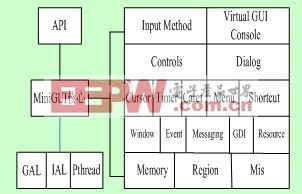


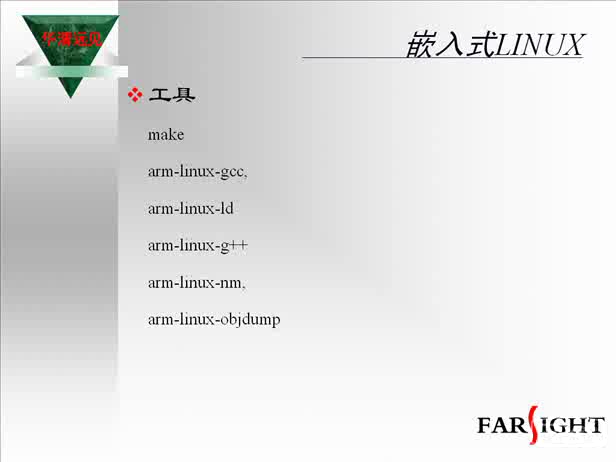
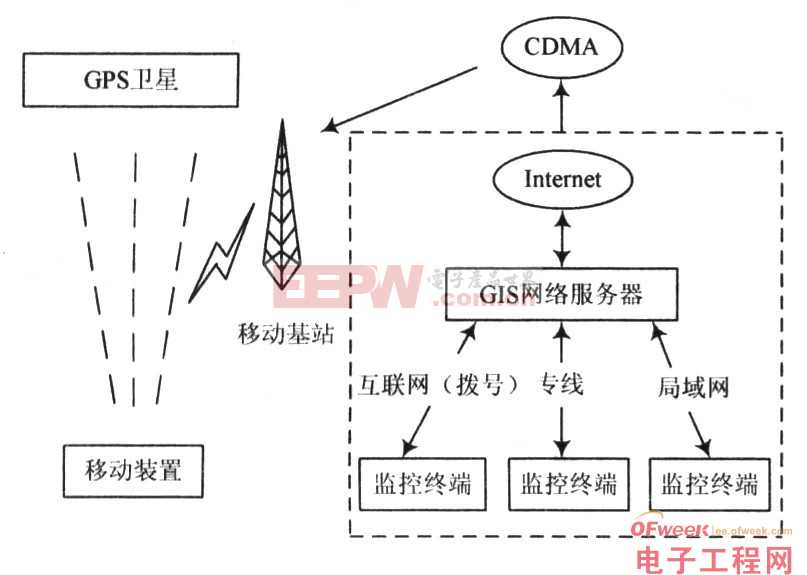
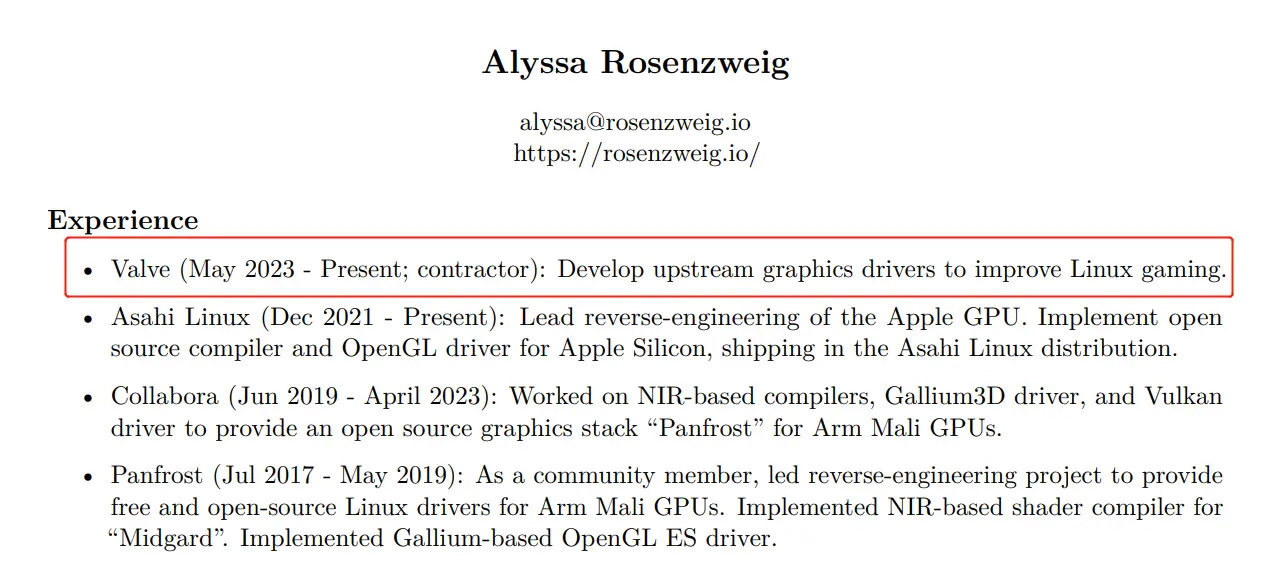


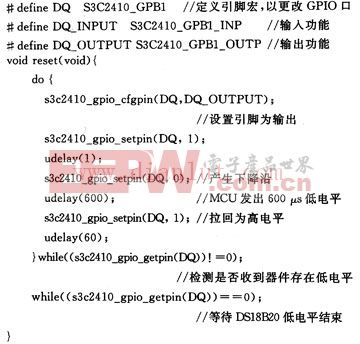



评论